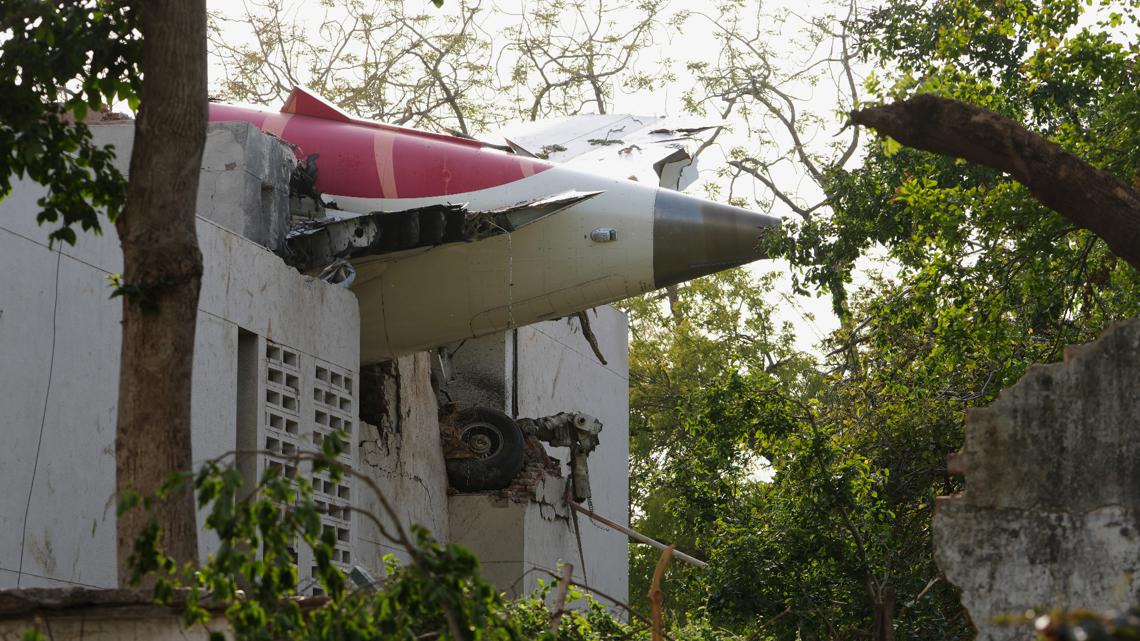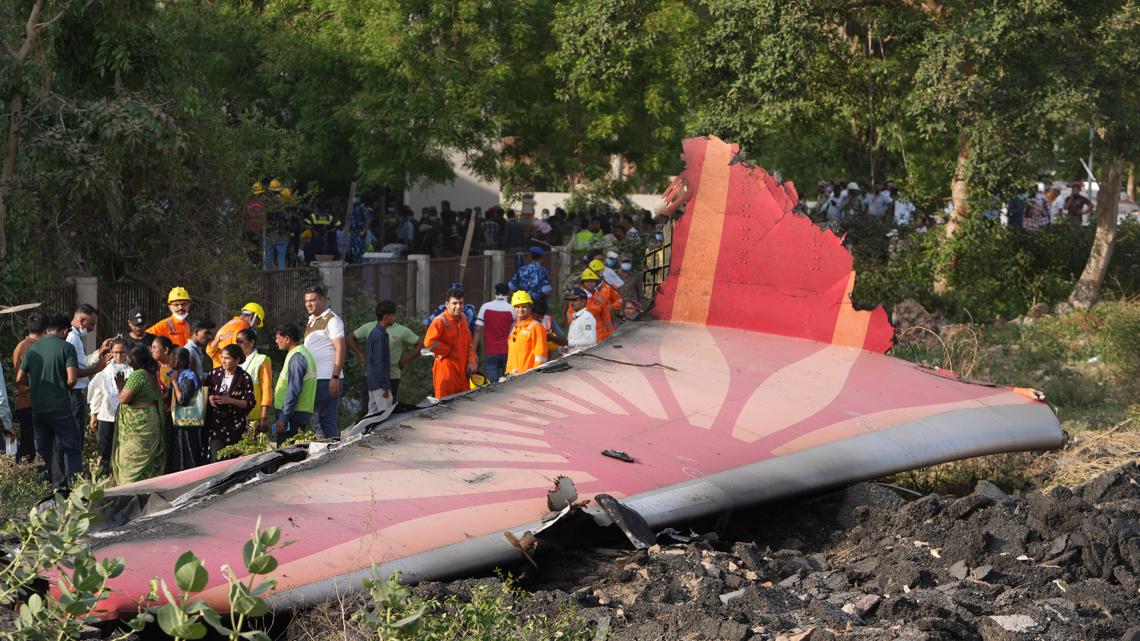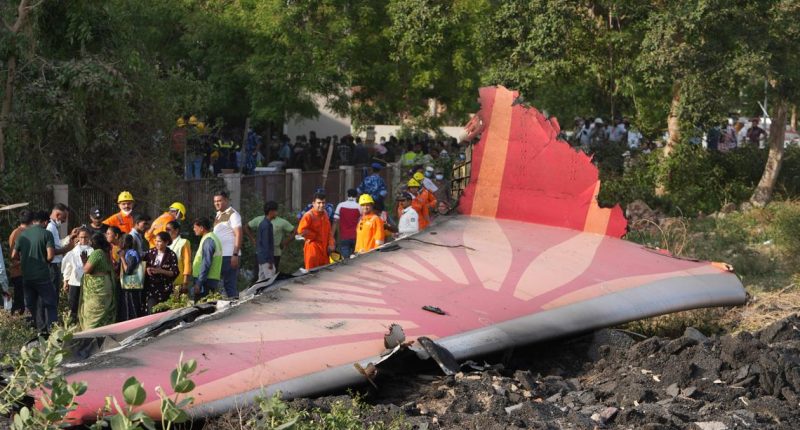Share this @internewscast.com
The Air India 787 went down in the northwestern city of Ahmedabad with more than 240 people aboard shortly after takeoff, authorities said.
WASHINGTON — On Thursday, a devastating crash involving a London-bound Air India flight occurred soon after takeoff, marking the first incident of its kind involving a Boeing 787 Dreamliner since it began flying 14 years ago.
No survivors have been found after the plane crashed into a residential area in the northwestern Indian city of Ahmedabad.
More than 240 people were on board. This is the first fatal crash of a Boeing 787 aircraft, according to the Aviation Safety Network database.
Released in 2009, the Boeing 787 Dreamliner was designed as an advanced successor to the 767, offering improved fuel efficiency tailored for long-distance travel. By 2025, airlines around the world had taken delivery of over 1,000 of these aircraft, according to data from the flightradar24 website.
Notably, the 787 was the first commercial airliner to heavily rely on lithium-ion batteries, which are advantageous due to their lighter weight, quicker recharging capabilities, and higher energy capacity. However, in 2013, the fleet faced a temporary grounding after the batteries experienced overheating issues, occasionally leading to fires.
The plane that crashed Thursday went down in a residential area near the airport in Ahmedabad, a northwestern city with a population of more than 5 million, five minutes after taking off at 1:38 p.m. local time.
Boeing said in a statement: “We are in contact with Air India regarding Flight 171 and stand ready to support them.”
“Our thoughts are with the passengers, crew, first responders and all affected,” the company said.
Why did the Air India flight crash?
Aviation consultant John M. Cox, the CEO of Safety Operating Systems, told the Associated Press from Los Angeles that while the first images of the crash were poor, it appeared the aircraft had its nose up and was not climbing, which is one of the things that investigators would look at.
While he stressed it was too early to make any conclusions, Cox said the grainy images of the flight suggested that one area of inquiry was likely to be whether the slats and flaps were in the correct position as the plane attempted to climb.
“The image shows the airplane with the nose rising and it continuing to sink,’’ he said. “That says that the airplane is not making enough lift.’’ The slats and flaps should be positioned so that the wing makes more lift at lower speeds.
“It’s hard to tell but from looking at the aircraft from behind … it doesn’t look like that the trailing edge flaps are in the position I would have expected them to be,’’ he said. “But I’m very cautious that the image quality is not good enough to make that a conclusion. It’s just an area where I know that they’re going to look.’’
An investigation into the crash will be conducted by the Directorate General of Civil Aviation, the Indian equivalent of the American FAA.
“At this point, it’s very, very, very early, we don’t know a whole lot,” Cox said. “But the 787 has very extensive flight data monitoring — the parameters on the flight data recorder are in the thousands — so once we get that recorder, they’ll be able to know pretty quickly what happened.”


737 Max
The Max version of Boeing’s best-selling 737 airplane has been the source of persistent troubles for Boeing after two of the jets crashed. The crashes, one in Indonesia in 2018 and another in Ethiopia in 2019, killed 346.
The problem stemmed from a sensor providing faulty readings that pushed the nose down, leaving pilots unable to regain control. After the second crash, Max jets were grounded worldwide until the company redesigned the system.
Last month, the Justice Department reached a deal to allow Boeing to avoid criminal prosecution for allegedly misleading U.S. regulators about the Max before the two crashes.
Worries about the plane flared up again after a door plug blew off a Max operated by Alaska Airlines, leading regulators to cap Boeing’s production at 38 jets per month.
Who was on the Air India flight that crashed?
The plane was bound for London Gatwick Airport and was carrying 169 Indians, 53 Britons, seven Portuguese and one Canadian, Air India said. There were also 10 crew members and two pilots on board.
None of the victims have been publicly identified.


Copyright 2025 Associated Press. All rights reserved. This material may not be published, broadcast, rewritten, or redistributed.

















